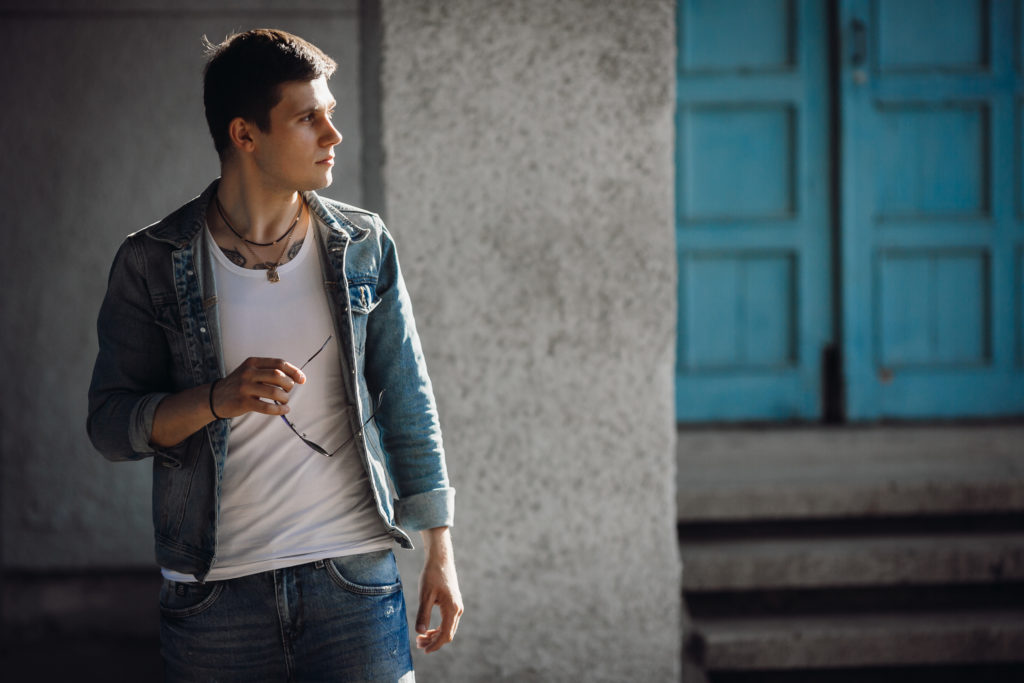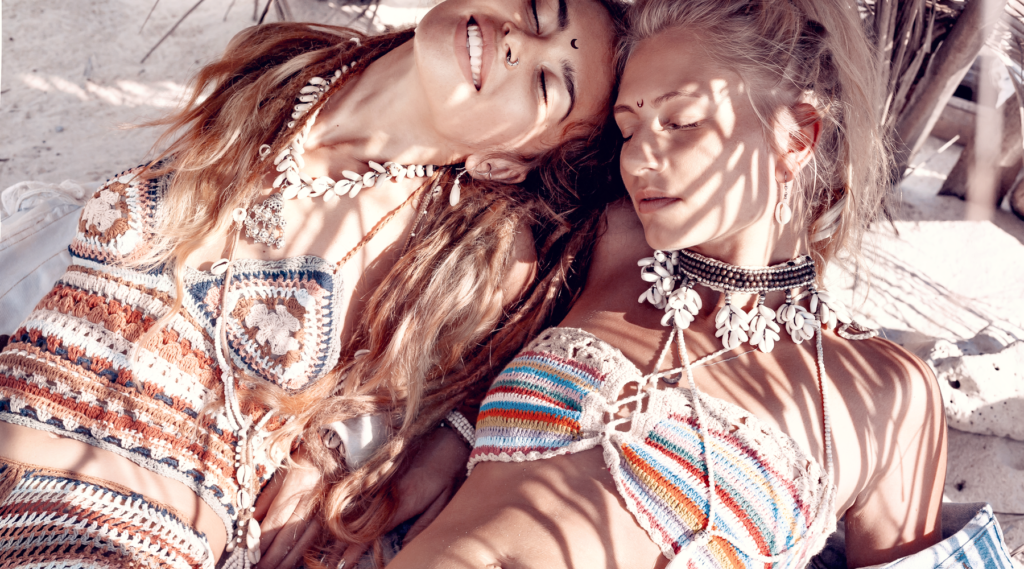The phrases “boho” and “gypsy” are very fashionable in the world of fashion However, each style is distinct and has its own style with a unique story and history. Although these styles share many similarities in styling elements, such as accessories and clothing materials, there are many ways to differentiate boho vs gypsy fashion and figure out the differences between them. We have a deep understanding of bohemian culture, fashion, and so on. However, we can still look into the factors that make hippie fashions so popular, as well. Boho and hippie styles are well-known in the fashion world and have maintained a cult following since their beginning. Follow along for more information as we look at the specifics of boho and hippie fashions, the origins of these styles, how they are related to each other, and how they differ.
When Boho Style Came Onto the Fashion Scene
Although many believe that styles from the 1960s and 1970s inspired boho-chic styles, Bohemian fashion actually has roots that go back to the mid – to the late 1800s. To give you an idea of what it is from hippie fashion, we’ll take a quick look at where the boho-chic style originated.
1800S FRANCE
The main reason that boho-inspired looks are often associated with artists, writers, painters, and other creative people is that they’re the ones who created the very first versions of bohemian outfits we are awed by in the present. The majority of creatives lived in low-income throughout the French Revolution, causing a surge of innovation in the field of finding and creating affordable, sustainable comfortable and comfortable clothes from old clothes.
As the economy grew stabilized, fashion-forward people broadened their wardrobes further. A large portion of the blame for the early bohemian fashion goes to those from the Balkan region in Eastern Europe, then known as Bohemia. The”nomads’ continent” quickly became a popular term used for the sophisticated and fashionable expressions from the time.
A FASHION COLLAB BETWEEN ROMANTICS AND FRENCH BOHEMIANS
In the past, before there was Louis Vuitton x Supreme, Nike and Michael Jordan and Gucci x North Face, there was a style collaborations among Romantics along with French Bohemians during the 18th century. It was at this point that boho-inspired fashions material, accessories and materials were further developed.
The French Bohemians and the Romantics incorporated soft and airy fabrics, East Asian elements, and even medieval elements in their style. The wildly diverse mix of fabrics and jewelry deviated from the fashion trends of the 19th century. It gave boho the look of being random however, it was precise and specific.
BOHO EVOLUTION
Since the 19th century’s end, boho-inspired fashions have continued to grow, bringing more people into the style and keeping its popularity. It has had a profound impact on the rest of the fashion world. Many other fashion trends are influenced by the boho’s fashionable elements. Hippie fashion illustrates a kind of style that has a lot of influence from the boho style. Although similar to boho hippie styles, hippie styles have their own sources, which we’ll examine in the next section.
When Hippie Style Came Onto the Fashion Scene
The hippie fashion was born out of the hippie counterculture that was established between the years 1960 and 1970. The majority part of hippie culture was created through college kids and 20-somethings in protest to the involvement of America during the Vietnam War, which lasted between 1955 and 1975.
While hippie culture is rooted in historical roots, the majority of hippies did not have any direct involvement in political issues. Alongside the argument for US involvement in conflicts, hippies opposed materialism and capitalism, and developed an attitude that emphasized the joy of living and love as well as peaceful beliefs. For instance, hippies were often opposed to society’s notion of a normal path to life such as school, work, or marriage.
Music was a major element of hippie culture, with legendary music groups such as the Grateful Dead and the Beatles and The Rolling Stones, warmly accepted into the hippie music. Massive music festivals like Woodstock provided a space for hippies to revel in their favourite music and artists.
Elements of Boho and Hippie Fashion
For a deeper understanding of the distinction between hippie style and boho style, we delved into the many components that comprise the various fashion styles.
DIFFERENT ELEMENTS OF BOHO STYLE
Boho style emphasizes clothing that’s fluid and comfortable. Bell, trumpet and bishop sleeves are popular on dresses and tops to underscore the idea of loose-fitting silhouettes. Mixing prints and embroideries are often seen in boho style outfits like antique jewellery and turquoise pieces, braided detailing and patchwork designs.
Many boho-chic people prefer layering, either by wearing jewellery or clothes. The different lengths of necklaces allow you to create a layering look that doesn’t overpower the look.
Bohemian Sundresses are adored by their relaxed silhouettes, making them the perfect option for hot summer days. Boho-inspired dresses range from midi-length to maxi length. Therefore you’ll be able to pick one that fits your preferences for size. Whatever design you like, you’ll be sure of a snug fit since most boho clothes are designed to give you the popular, easy-going look.
For blouses, the loose cut remains the same. Boho blouses are light and comfortable and made from fabrics that breathe (which makes them perfect to wear in summer).
In the world of boho jeans, distressed denim and Harem pants are amongst the most sought-after. Long skirts are a popular option, as they can be dressed stylishly and casually. Since boho fashion is heavy on comfort, you’ll notice that most boho bottoms are made of soft materials and are designed to look relaxed and casual.
DIFFERENT ELEMENTS OF HIPPIE STYLE
The hippie look was also popular with loose-fitting dresses and t-shirts. Bell-bottom jeans and peasant blouses were in fashion, as was everything flowery and fringe. Because clothing made by hand was loved by hippies, the act of personally dyeing clothing became a popular pastime. This is the reason tie-dye has a strong association with hippies of today.
It was also commonplace for hippies to wear high-neck tops, long and airy skirts, vests or peace patches. Long hair was a common sight, as were flower crowns positioned on the heads of hippies.


